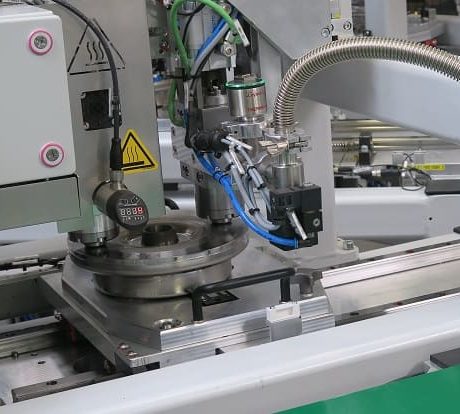








At present many industries focus on automation of as many production-related operations as possible. In the past most work was performed by people, now it is changing and serves as an important step towards development and consequently faster, smoother and easier production as well as increased operator safety. However the production automation entails relatively high expenses that the company owner needs to incur. It turns out however that it is possible to take advantage of co-funding and modernise the business, and eventually reduce all related costs. Thanks to this, production automation becomes more accessible to a wider and wider group of entrepreneurs.
The tax relief is intended for entrepreneurs who wish to invest in production automation in their company with a view to improving its operation and maintaining the production continuity, etc. The size of the business or the industry it operates in does not matter. Businessmen can also deduct up to 50% of eligible costs from the tax base. The return on investment arising from the relief will be up to 9.5% of expenses incurred. This relief covers both the purchase and leasing of robots and other industrial devices as well as software required to make them function. Besides the costs dedicated to training employees who will be responsible for operating and controlling the equipment may be included in the relief.

Pursuant to announcements of the Minister of Development, Labour and Technology, the production automation tax relief was supposed to come into effect on the 1st of January 2021. However in view of various delays, it will become effective on 1st of January 2022. The relief will be available for 5 years, until the 31st of December 2026.
To be eligible for the automation subsidy, the taxpayer must generate revenues other than capital gains. The deduction from the tax base may be 50% of the tax deductible costs incurred in the financial year for robotisation and the deduction cannot exceed the taxpayer’s income generated in the financial year from revenues. If the taxpayer fails to deduct the costs in the year the costs were incurred, he may do so later. The taxpayer has six more years from the year it was eligible for deduction to claim it.
Please remember that the relief does not apply to any kind of automation in the company but automation of work stands using robots. Such devices are to be remotely controlled and monitored through suitable sensors, cameras and other control systems, and integrated with other machines that participate in the post-production procedure.